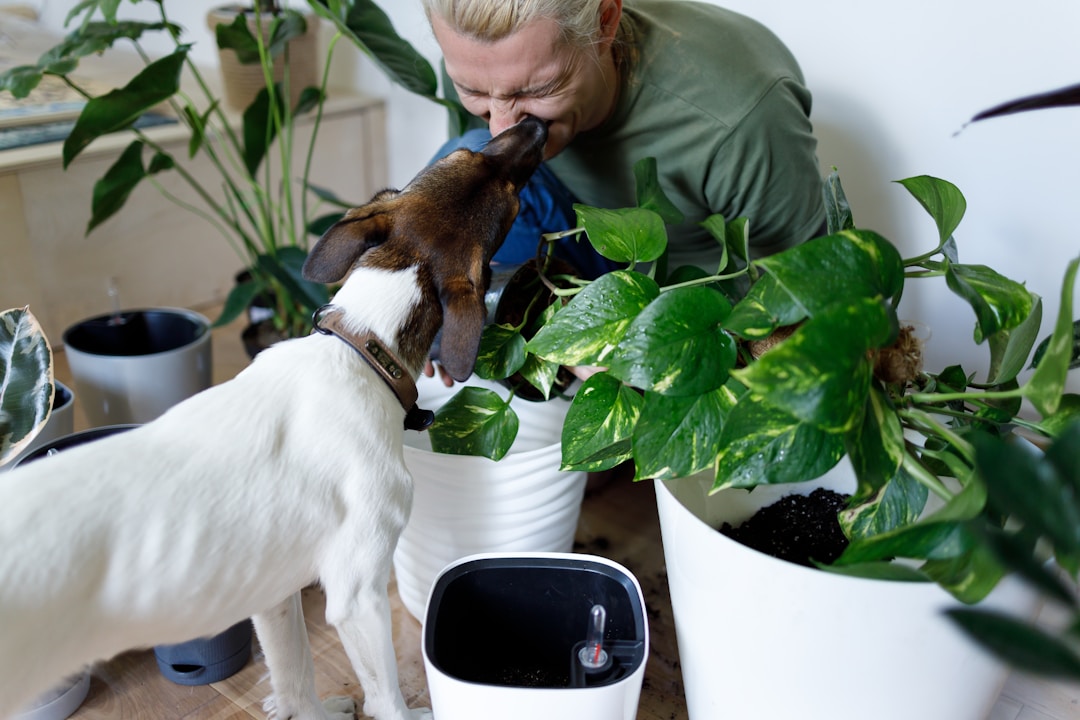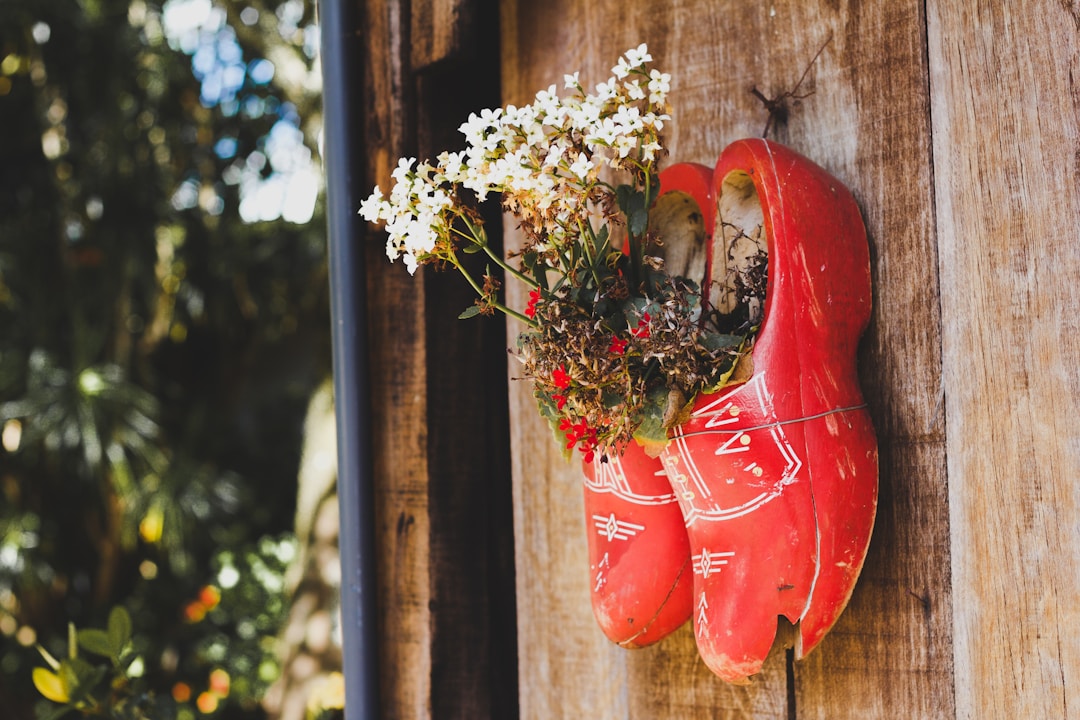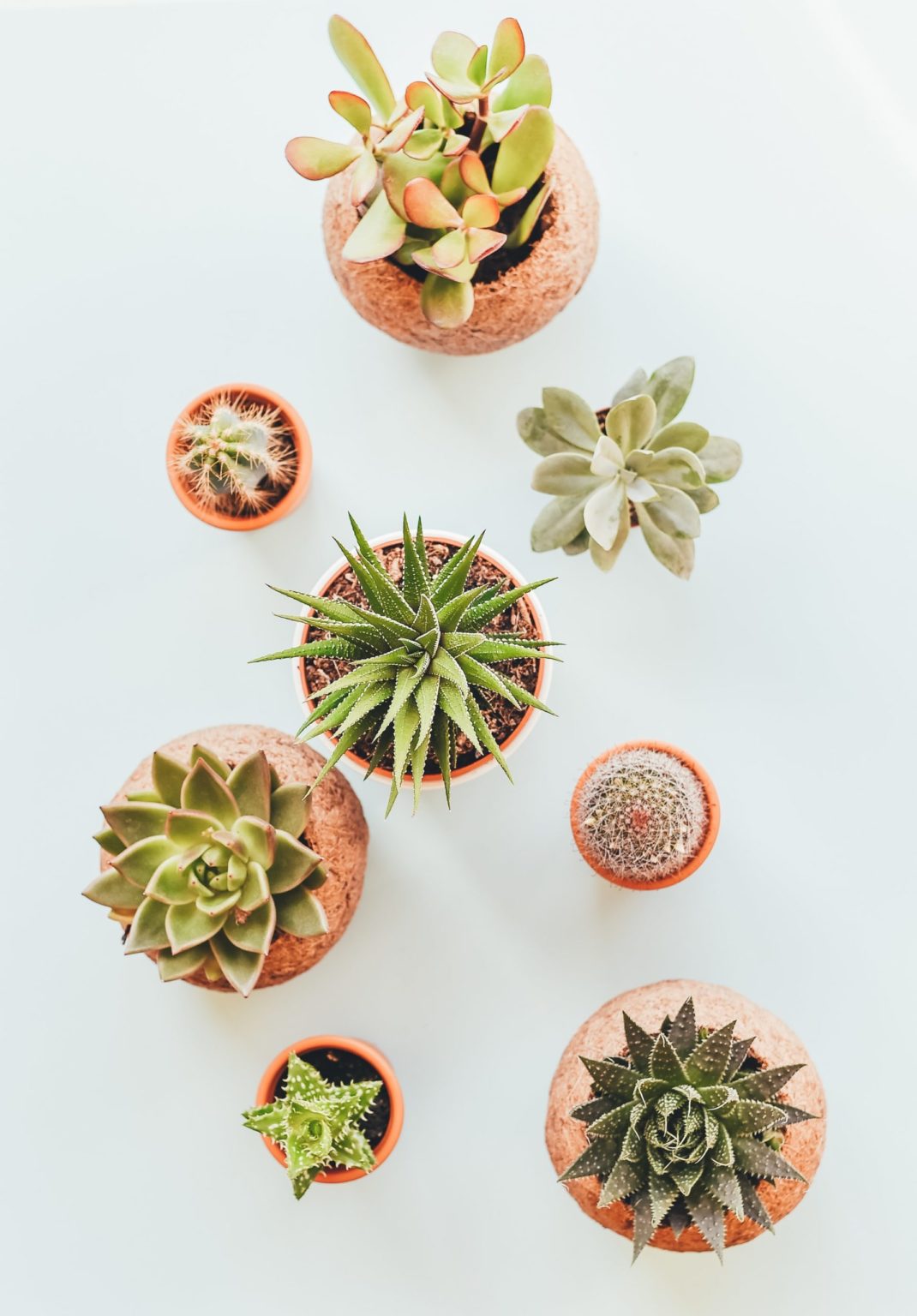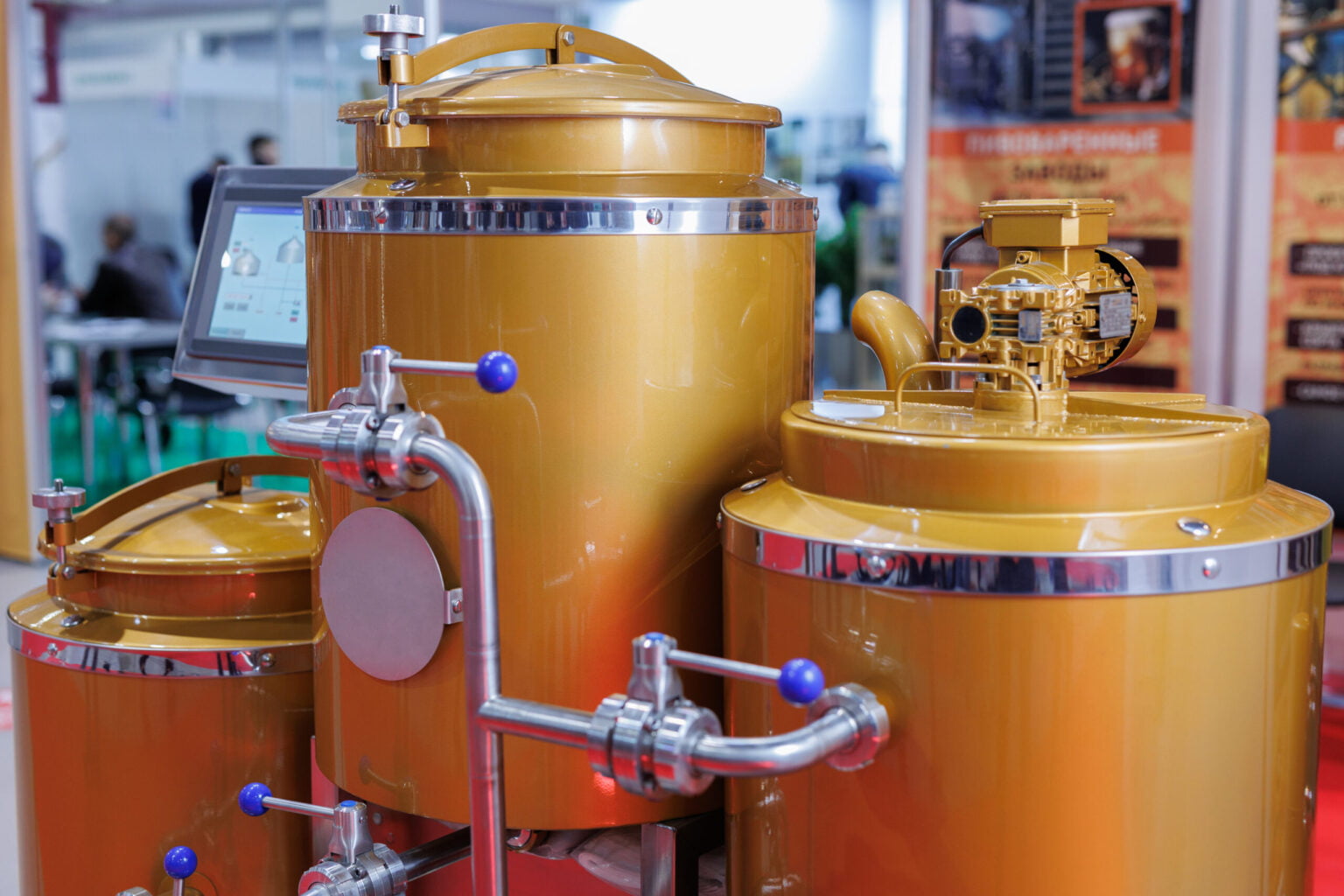Adding greenery to an indoor space not only adds a pop of elegance and creates a relaxing feeling but plants are also known to make people feel happy and help improve air quality. Whether you want to dress up your outdoor space with a variety of outdoor planters or incorporate indoor planters into your décor, the first thing any hopeful gardener should learn is basic plant care. Sooner or later, your plants are going to need new soil and more room to grow. Repotting is an easy way to extend plant life and change up the style of your planters.
Why should you re-pot your houseplants?

The main purpose of repotting a plant is to change its soil or potting mix to give it new nutrients. When you are changing the size of the planter as well, the rule of thumb is to re-pot tabletop plants in something no more than 3″ larger in diameter and floor plants no larger than 6″ in diameter. Repotting your plants in too large a pot means more soil and a tendency to overwater, which can quickly lead to dead plants. Depending on how vigorously your plants grow, you’ll need to re-pot them every 12 to 18 months. A great time to repot is in the early spring before growth season starts.
The right planter adds a unique focal point to high-traffic areas such as a hotel lobby or adds pops of color to smaller indoor spaces. Pots Planters and More features modern planters made of durable materials that add a touch of elegance to your interior and exterior design. They specialize in fiberglass material and aluminum to create planters, pots, and containers in a range of sizes, colors, and styles. At https://potsplantersandmore.com/ you can find planter boxes of all sizes, high-quality materials, and styles for indoor or outdoor use. A great way to enhance your walkway, entrance doorway, patio, or office space is with custom planters that will bring your plants to life.
When should you re-pot your houseplants?

It’s best to let new plants get a feel for your home before repotting them in a different planter. New plants should stay in their original containers for several days to get acclimated before being moved. Repotting is essential to giving plants new soil and nutrients, but it’s also important to ensure your plants don’t outgrow their pots.
When the roots have filled up all available space and start poking through the drainage hole of the pot, the plant is now root-bound and in need of repotting. Another sign that it’s time to repot is if the plant is growing slower than usual or dries out more quickly. If it becomes top-heavy, falls over easily, or has noticeable salt and mineral buildup, it’s time to re-pot.
Repotting your plants the safe and easy way.

Repotting your indoor plants is a simple task. The best way to remove the plant from the current pot is to turn it sideways and hold the stem as you tap the bottom of the pot. Once the plant slides out, loosen the roots and prune any long, thread-like roots. Carefully unbind the roots and trim them up if the plant has become root-bound.
Remove a third of the potting mix surrounding the plant. Pour fresh potting soil into the new planter, and make sure there aren’t any air pockets as you pack it down. Place the plant on the fresh layer of potting mix and add mix until it can securely stand up. Make sure not to pack too much soil so that the roots have room to breathe. Once the plant is secure in its new pot, all you have to do is water it.
Repotting your plants is a simple, necessary task that will ensure your plants have enough room to grow happy and healthy.




